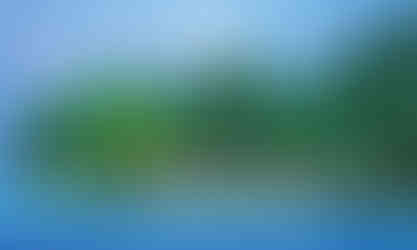Solomon Islands
- To-Go

- Apr 25, 2022
- 3 min read
Updated: Sep 15, 2022
Country Name
The Solomon Islands, formerly known as the British Solomon Islands.
Location
The Solomon Islands is located in Oceania lying to the east of Papua New Guinea and northwest of Vanuatu.
It is a sovereign state consisting of six major islands and over 900 smaller islands.

Capital
Honiara.
Reason for Naming the country
History records that the first European to come to the Solomon Islands, Alvaro De Mendana, in 1568 gave the archipelago its name because he believed this area of the South Pacific was where King Solomon got the gold he used to build the Temple of Jerusalem.
The country takes its name from the Solomon Islands archipelago, which is a collection of Melanesian islands that also includes the North Solomon Islands (a part of Papua New Guinea) but excludes outlying islands, such as Rennell and Bellona, and the Santa Cruz Islands.
Britain defined its area of interest in the Solomon Islands archipelago in June 1893, when Captain Gibson R.N., of HMS Curacoa, declared the southern Solomon Islands a British protectorate.
Flag
The Flag of the Solomon Islands was adopted on 18th November 1977, just before the country gained independence from Britain on July 7, 1978.
The flag of the Solomon Islands consists of a thin yellow diagonal stripe that separates the flag into two sections.
The top portion is blue and the bottom section is green.
In the blue section, there are white, five-pointed stars arranged in an x pattern, which represents the 5 main districts / 5 main island groups.*
The Blue represents the surrounding ocean- the Pacific Ocean; The Green represents the fertility of the land, and the yellow stripe is symbolic of sunshine.
*When the number of districts in the country increased the meaning of the stars was then said to represent the five main groups of islands groups that form the Solomon Islands.

Language
There are 76 individual languages recorded in the Solomon Islands,
of which 73 of these languages are still in use, and 3 are extinct 16 of these languages are either in trouble or slowly decreasing.
The official language is English while the common language (lingua franca)
is Pidgin.
English is used in the local media, in government, and in some businesses. Despite English being the official language, it is only spoken by about 2% of the population. Its lack of popularity also means it has not been embraced as the language of instruction in schools.
Religion
The religion of the Solomon Islands is mainly Christian (about 92% of the population). The main Christian denominations are the Anglican Church of Melanesia, Roman Catholic, South Seas Evangelical Church, United Church in Papua New Guinea, and the Solomon Islands and Seventh-day Adventist.
Other Christian denominations are Jehovah's Witnesses, the New Apostolic Church (80 churches), and The Church of Jesus Christ of Latter-day Saints (LDS Church). Another 5% adhere to aboriginal beliefs.
The remaining adhere to Islam, the Baha'i Faith.
Currency
Solomon Islands Dollar (SBD).

Time Zone
+11:00 GMT.
Government Regime
Unitary parliamentary constitutional monarchy.
Climate
The Solomon Islands have an equatorial climate, that is hot, humid, and rainy all year round, with an average temperature of 27 degrees Celsius.
There are two distinct seasons- a wet season from November to April and a dry season from May to October.
Honiara has a marked wet season when on average almost 70% of the yearly total rainfalls.
Temperatures are stable throughout the year: highs are around 30/31 °C (86/88 °F) from November to April (the wet season), when the warmer and wetter winds from the north-west predominate, while they drop slightly from May to October (the dry season), when the south-east trade winds, relatively cooler, prevail.










Comments